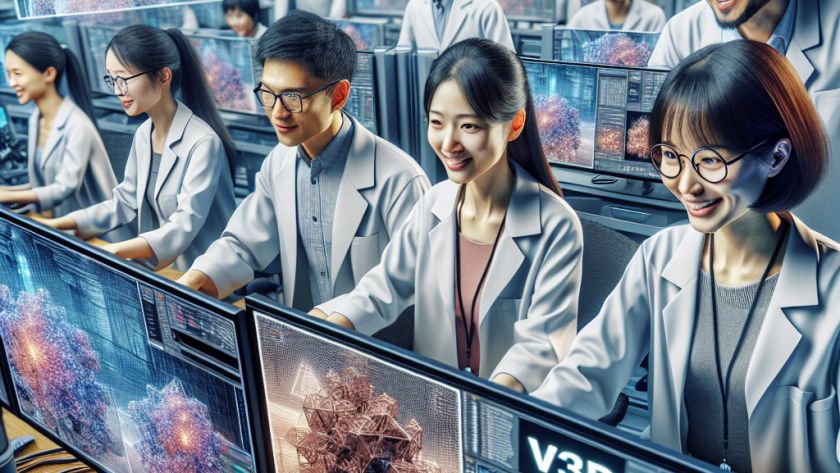Anomaly detection plays a critical role in various industries for quality control and safety monitoring. The common methods of anomaly detection involve using self-supervised feature reconstruction. However, these techniques are often challenged by the need to create diverse and realistic anomaly samples while reducing feature redundancy and eliminating pre-training bias.
Researchers from the College of Information…











